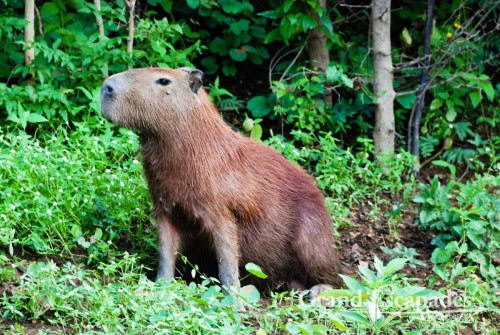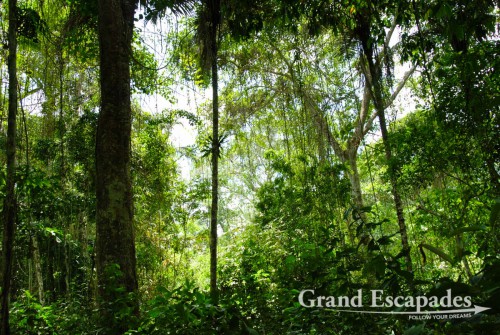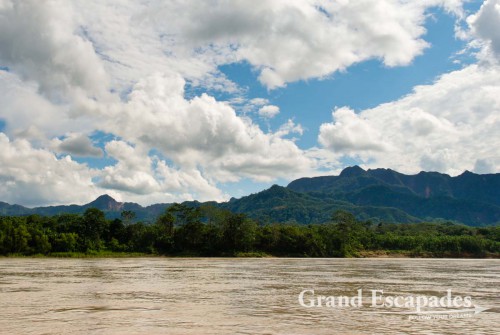
Capybara (Hydrochoerus Hydrochaeris), the largest rodent in the world – This one was more than one meter long! La Pampa, Rurrenabaque, Bolivia
The Amazon Basin around Rurrenabaque is divided into two distinct zones: the “Selva” or Rain Forest of Madidi National Park, and the Municipal Reserve of the Pampa of the River Yacuma, a large, flat area of swamps along this river which is used for the excursions by boat. Most tourists head for the “Pampa”, because that is THE place to see animals: lots of different birds of course, Capybaras, Caimans, many kinds of Monkeys, Turtles and if you are lucky, Anacondas. Continue Reading →


